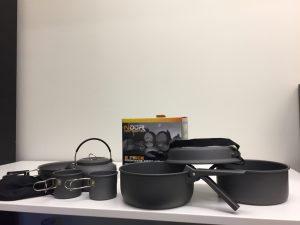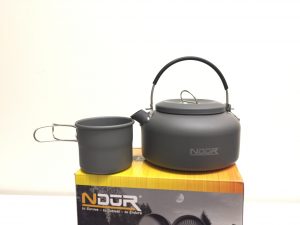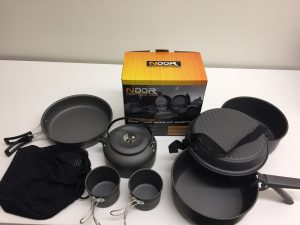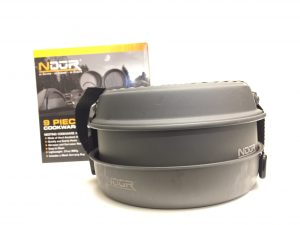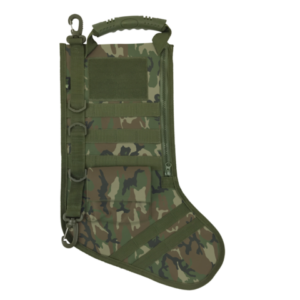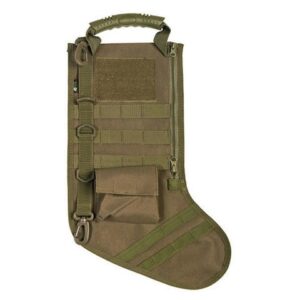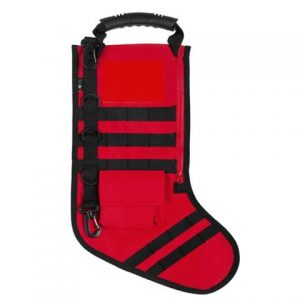I’m not ready for chemical warfare. I read something recently that scared me straight. I live in the Pacific Northwest, where the biggest issue, and the one that everyone’s been focused on since this New Yorker Magazine article came out, is earthquakes. When “the big one” hits our area, according to experts, that 72-hour kit the Red Cross recommends will be nowhere near enough for anyone. The state of Oregon published a Resilience Plan for what the state would do in the aftermath of a big earthquake and those results were scary….Electricity is expected to be out for 3 to 6 months along the coast. Drinking water and sewer is expected to be out for 1 to 3 years along the coast. So, yes, that 72-hour kit will be needed, but you’ll have a long way to go from there. But that’s not what I started writing this post to talk about today.
Most of the emergency preparedness material that gets talked about in my area is about earthquakes, but I recently attended an emergency preparedness fair organized by the city where I live. It was a small fair, just a few tables, and pretty much all of what was there I already knew about. But I picked up a publication from Homeland Security that put a new threat into perspective…chemical warfare. This publication, simply called “Preparing Makes Sense. Get Ready Now.” is available as a downloadable PDF. There’s a section about terrorist attacks that might send tiny microscopic “junk” into the air. For example, an explosion that might make air unsuitable to breathe, or a biological attack that might release germs. I know in the back of my mind that these scenarios are possible, but I didn’t really let them in to my conscious before reading this pamphlet. The opening lines say, “Terrorists are working to obtain biological, chemical, nuclear and radiological weapons, and the threat of an attack is very real.” Great. Just what I wanted to start getting worried about on my lunch hour.
Here’s what Homeland Security recommends:
Use dense-weave cotton material to cover your nose and mouth as you breathe. Make sure the material or mask fits snugly so the air you breathe goes through the mask and not around it. Material that might work for this would be a few layers of t-shirt fabric, a handkerchief or a towel. You still need to be able to breathe through it. Obviously, get a mask if you can. And make sure you have a mask that is sized to fit your children.
Have heavyweight garbage bags or plastic sheeting and duct tape and scissors in your kit, and use this to tape off windows, doors and air vents. Precut them and label them so you can apply them quickly in the event that the air is unsafe to breathe.
Look out for public health reports of a wave of unusual sicknesses, as biological warfare might not be immediately apparent.
Signs of a chemical attack might include numerous dead fish or birds, and people coughing, having trouble breathing, or suffering from watery eyes. And we’re not just talking about allergy season. If you think the problem is in the building you’re in, go outside. Vice versa, if the problem is out on the street, stay put and put that plastic sheeting that you precut and labeled to work.
In the event of a radiation bomb or nuclear explosion, try to put distance between yourself and the focus of the event. Shield yourself if you can. Minimize exposure.
I admit that I’m unprepared for things like this to happen, and I’m guessing that lots of other folks are too. If you have already prepared yourself for these events let us know in the comments how you did it. Are gas masks part of your emergency supply kit?



